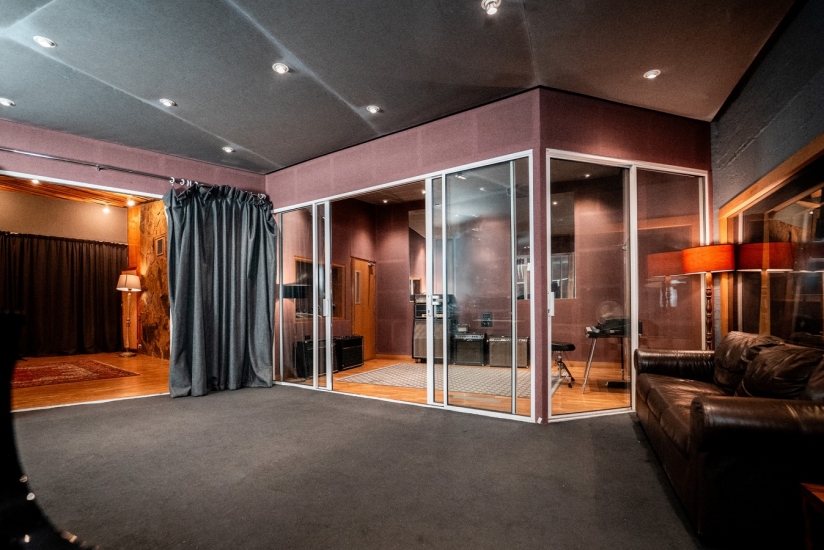


This famous North London recording studio sits amongst London's elite; one of the capital's very best tracking rooms, and with a history spanning many decades and artists including The Clash, Buena Vista Social Club, Bjork, Billy Bragg, Depeche Mode, Erasure, The Jesus and Mary Chain, REM, Kanye, Muse, Ben Howard, The 1975, Hozier, Grace, Wolf Alice and Loyle Carner.
From orchestral tracking to indie band sessions, this versatile studio is designed to inspire. Livingston 1 is renowned for its varied recording rooms including a main live area that can accommodate 16-piece string sections and a stunning, larger wooden-floored area with stone and tiled walls, plus acoustic curtains surrounding the room for outstanding acoustic options. In the main live room sits the vitually legendary Steinway B 1955 New York Grand Piano, lovingly restored in 2016 and regarded by many as the best sounding piano in the capital. There are also two large booths and a separate amp room.
At the heart of the control room is a pristine 72-channel SSL SL4072 G+ series console, complemented by an extensive selection of vintage and modern outboard gear and huge Augspurger monitors.
Situated in Wood Green, Livingston Studio 1 is easily accessible via public transport, with Wood Green tube station just a five-minute walk away. There are five parking spaces at the front of the building available for clients to use.
Stay in the loop
Follow @milocostudios
Subscribe to Miloco News